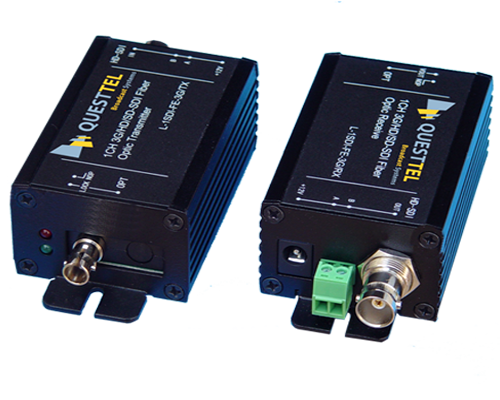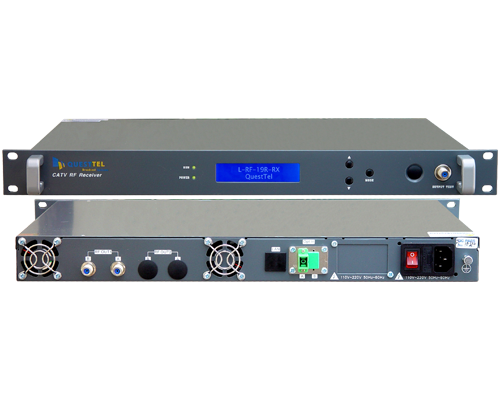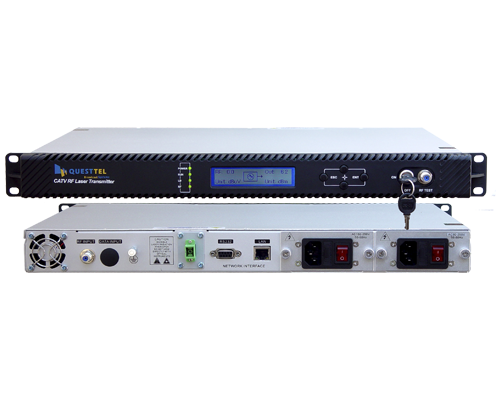Optical Fiber Classification
The most commonly employed optical fiber categories used in telecommunication networks:
MMF 62.5/125 or OM1
OM2/OM3 - MMF 50/125 – Multimode optical fibers Compliant with ITU-T G.651
Single Mode Dispersion Un-shifted G.652
Single Mode Dispersion Shifted G.653
Single Mode Cut-off shifted G.654
Single Mode Non-zero Dispersion Shifted G.655
Single Mode Low Dispersion slope Non-zero Dispersion Shifted G.656
Single Mode Bending Insensitive G.657
ITU-T G.651 compliant Multimode fibers and OM1
Multimode fibers can be classified further into two as Multimode 50/125 and Multimode 62.5/125. The classification is based on the core diameter of multimode fibers. 50/125 have a core diameter of 50 micrometers, whereas for 62.5/125 have a core diameter of 62.5 micrometers.
Recent classification of multimode fibers divides them as OM1, OM2, OM3 etc. OM1 multimode fibers are 62.5/125 multimode fibers. OM2 and OM3 fibers are compliant with ITU-T G.651 recommendations.
There is a confusion regarding the classification. If any of our reader knows correct way of classification please put a comment. G.651 multimode fibers are used mainly in Local Area Networks (LAN). Multimode fibers are not suitable for Long haul applications. Cheaper transmission devices like lasers etc makes Multimode fibers attractive for short distance transmission within the 300 to 500 meters reach.
For a 10GBASE-SR system demanding 2000 MHz*km, OM2 multimode fiber can be used for a distance of up to 82 meters and OM3 fibers can be used for 300 meters. An OM2 fiber having a bandwidth of 500 MHz*km can be used for 550 meters on a 10BASE-SX/LX networks.
ITU-T does not have any specification for 62.5/125 multimode fibers. OM1 Fibers also know as 62.5/125 Multimode fibers are popular in United States. OM2 and OM3 multimode fibers are also known as ITU-T G.651 fibers.
The core of MMF 50/125 has a graded index refractive index profile, which is gradually changing from the center of the core to the cladding that enables multiple modes with near equal velocity to travel inside the fiber.
ITU-T G.652 Compliant Single Mode fibers
This is the most common single mode fiber in the world. It is designed to have minimum dispersion at around 1310nm, which is supposed to be transmission window for single mode fibers. Conventional single mode fibers can be used at 1550nm with the use of dispersion compensation modules.
G.652A
Is the first single mode fibers ITU-T classified. G.652B fibers are also known as conventional type single mode fibers and many installers intend to use 652B fiber by mentioning simply G.652. The major difference is in attenuation at both 1310nm and 1550nm and polarization mode dispersion. 652B fibers have a PMD as low as 0.2 ps/sqrt.km where as for 652A fibers have a PMD of 0.5 ps/sqrt.km. Attenuation is low for G.652B fibers.
Similarly G.652C and G.652D fibers
Differ in PMD value. PMD for G.652C fiber is 0.5 ps/sqrt.km, where as for G.652D fibers have a PMD of less than or equal to 0.2 ps/sqrt.km. Both these optical fibers are known as low water peak fiber having low attenuation at 1360nm through 1480nm, the wavelength range which is not yet used commonly for transmission.
ITU-T G.653 Compliant Dispersion shifted fiber
These fibers are designed to utilize the low attenuation window of 1550nm by minimizing the dispersion value at around 1550nm. The purpose was good, but it generated Non-linear effects in the transmission which caused more troubles.
ITU-T G.654 Compliant Cut-off Shifted fiber
This fiber is also known as low attenuation fiber. Some manufacturers have extremely low attenuation at 1550nm for this fiber. The application area demands low attenuation like those in Submarine optical fiber cables and terrestrial ultra long haul optical networks. Low attenuation at 1550nm range makes this fiber suitable for 400km span without repeaters. The low attenuation ranges from 0.15 – 0.16 dB/km.
ITU-T G.655 Compiant Non-zero dispersion shifted fiber
NZDSF is the short of Non-zero dispersion shifted fiber. These are wide band transmission supporting fibers. The non-linear effects due to zero dispersion at 1550nm in G.653 fibers are solved by G.655 fibers which are having a non-zero value for dispersion at these wavelength range. ITU-T specifies up to G.655E fibers (latest) from G.655A fibers which are not currently in use.
G.655 fibers
Are most suitable for DWDM applications. The non-linear effects are successfully solved in G.655 fibers.
ITU-T G.656 Compliant Low Slope Dispersion Non-zero Dispersion shifted fiber
This is another type non-zero dispersion shifted fiber which has more stricter and low dispersion slope which enables to guarantee the DWDM performance in wide wavelength range.
ITU-T G.657 Compliant Bend Insensitive fiber
G.657 fibers are the new comers in the market, but became a super hit in the FTTH market. More and more installers are looking for G.657 fibers. As the name indicates, the bend insensitive fibers are suitable for applications where multiple bends will be present. Insensitivity to bends makes them suitable for installation at home and office environment. G.657A is intended to compatible with G.652 D fibers. Interconnectivity with the existing G.652 fibers are guaranteed for the G.657 A fibers.
ITU-T G.657B fibers
Are free from all backward compatibility requirements and does not require to comply with conventional single mode fibers. The difference between 657A and B fibers is in the bending radius. G.657B can be bend at 7.5mm radius and less for some manufacturers.
QuestTel shall have no liability for any error or damage of any kind resulting from the use of this document.



